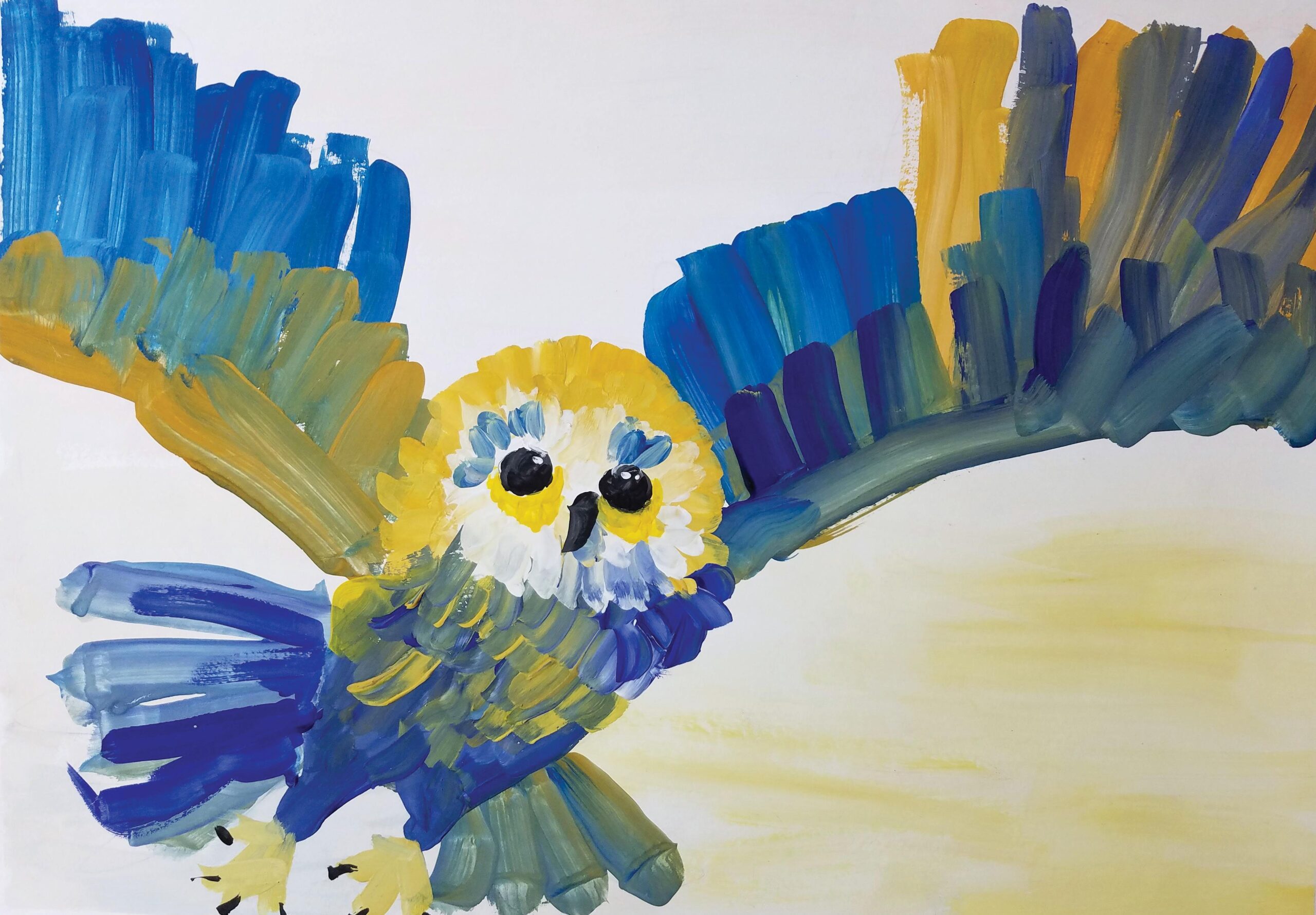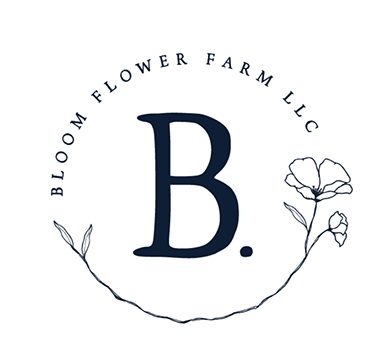International Owl Center
Karla Bloem fosters a close-knit community (or should we say parliament?) of owls at the International Owl Center in Houston, Minnesota. And though this small Southeast Minnesota town has a population of 983, the much larger community of owl-lovers that’s fostered there expands far beyond its borders.
As the Executive Director of the International Owl Center, Karla fills many roles, but one of the most time consuming is driving a van dubbed “The Owl Mobile.” The International Owl Center, in its current state, can’t house the owls, so they’re forced to live off-site.

The lack of space for the owls in the Center’s historic storefront in downtown Houston is a problem that impacts not only the birds, but the staff and visitors, as well. This has been a driving factor for Karla and her team as they work to open a new, much larger International Owl Center facility, slated to be built on land adjacent to Houston’s Trailhead Park.
“I am most excited that the owls will be able to live on-site so I don’t have to commute them back and forth to work every day,” says Karla. “This will free up my personal life tremendously. Plus, it will be far less stressful on the owls, and we’ll have many more owls so it will be way better for visitors, too.”
Right now, there are seven owls under Karla’s care. A couple have reached retirement age (Alice and Iris, both Great Horned Owls) and though some aren’t particularly interested in showing up to work (Uhu the Eurasian Eagle Owl can be particularly owly), a visit to the International Owl Center will likely allow you to get up close and personal with feathered-friends like Ruby, Piper, JR, and Bea.
The new facility has been years in the making. According to the International Owl Center website, the main building will house a rotating exhibition of children’s owl art from around the world, biological and cultural displays, program rooms, a prep room for food and specimens, and a gift shop. Ambassador owls will live in aviaries that have natural vegetation to attract critters for them to watch. Four to six species of owls that are not adapted to the Driftless climate will live free in two-part aviaries – one climate controlled, one ambient, so the owls can choose their preference. There will also be several aviaries in the park that will allow visitors to view owls from within the enclosures. The future hope is to offer the opportunity for people to spend select evenings with the owls, after dark, so visitors can experience these nocturnal birds’ hooting, tooting, and trilling.
The future building site required the purchase of five different properties. All the land owners were willing to sell in their own time, and the last purchase was finalized in November 2020. Agreements are still in progress with the City of Houston for the property that will be the site of new walk-through aviaries. Concepts for the main building are being wrapped up, with designs for the aviaries on the docket next.
Having a proper facility for the birds will relieve Karla of her Owl Uber duties, and just as importantly, it will support the educational opportunities the center provides to the community.
“Owls are top predators and can be a good indicator of environmental health,” explains Karla. “If the owls aren’t doing well, then there are likely problems in the environment/food chain.”
Teaching about owls and their impact is vital to their health and preservation in the Driftless Region. Currently, the Owl Center is closed to the public on Tuesdays, Wednesdays, and Thursdays so they can provide educational group programs for schools, libraries, and other organizations.
The general public is encouraged to visit Friday-Monday and learn about these fascinating animals. Karla suggests catching one of their hour-long programs, where you’ll get a chance to see a few of the Owl Center’s stars. There are usually three to four live owls on display at the center, in addition to mounted specimens, spread-wing silhouettes, owl art, and gifts. If you want to keep the owl fun going, you can take a “Parade of Owls” art tour around town, and evening visitors can order an owl-shaped pizza from SubZero Pizza.

Once the new center is built, there will be a myriad of benefits for patrons, some simple, some more complex.
“I am super excited that we will have enough restrooms! It seems ridiculously basic, but we only have one toilet in our current facility and no way to add more,” Karla says. “We’ll also be able to be open seven days a week since we’ll have two program spaces, so we will be able to accommodate school and other groups while we’re also open to the public, unlike now.”
The Owl Center’s fundraising committee has been hard at work to get things off the ground. They hosted an event called “Lunch for the Owls” in July 2023 that raised over $47,000, but that’s just a start on the estimated $14 million needed to complete the project. Folks can check out new Center plans, watch for updates, and learn how to donate at internationalowlcenter.org/future.
The big plan for this new Owl Center isn’t the only big owl energy in the Driftless this fall. On October 23-27, researchers from across the globe will attend the World Owl Conference in La Crosse, Wisconsin. “This is the first World Owl Conference to ever be hosted in the USA,” says Karla. “It’s a big deal, especially since these are only held every three to 10 years.”
Karla serves as the lead organizer for the event, along with a committee that includes a seat filled by her husband, Hein. Karla actually met Hein at the 2007 World Owl Conference in the Netherlands. Now they get to work together to bring this exciting event to their own backyard. The conference consists of research presentations – Karla is presenting on her work documenting Barn Owls in Minnesota and Wisconsin using acoustic monitoring – workshops, and field trips, including one to the Owl Center in Houston.
And this isn’t the only international owl connection. As part of their annual Festival of Owls in 2003, the Owl Center started hosting a children’s art contest. With the growth of the internet, more international submissions started to come in. Then, in 2019, someone shared the contest on social media in Russia. The Owl Center received around 2,000 entries from children in Russia and former Soviet states. When Russia invaded Ukraine in 2022, Karla and her team realized they had about 300 pieces of art from children in Ukraine in storage.

“We shared some on social media and people wanted to purchase them. So, we did a series of online auctions, created 400 sets of blank cards from some of the art, and made prints of some,” she shares. “Altogether, we raised a net of over $250,000 that we were able to send to UNICEF earmarked to help the children of Ukraine.”
The International Owl Center is definitely doing its part to support the people in their communities, far and wide. All Karla asks in return is that people strive to live “owl-friendly” lives that protect the birds and their habitats.
“People have a way of loving owls too much because it’s hard to find them,” she says. “And often when a nest is made public, the owls get swarmed with photographers and people who want to see them, and it isn’t in the best interest of the owls.”
She suggests trapping rodents instead of poisoning them, leaving dead trees standing when it’s safe to do so, taking down unused barbed wire, keeping cats indoors, and less mowing to preserve native plant species as other ways people can coexist safely with owls.
It’s these little things that will continue to help the Driftless Region protect and promote its owl population. With your help, and the help of experts like Karla and her team at the International Owl Center, there will hopefully be plenty of feathered-friends to admire in the future.

Sara Walters
Owl Prowl Nights!
Head to SE Minnesota to learn how to identify local owls by size, shape, silhouette, and sound at a night-time Owl Prowl. Following an indoor program, participants drive their own vehicles, following staff to three-to-four known owl territories in and around Houston, Minnesota, to call and listen for Eastern Screech-Owls, Barred Owls, and Great Horned Owls.
The Center only does owl prowls in fall and winter to avoid bothering the owls while they’re raising their young. Participants must be able to stand quietly in the cold for at least 10 minutes at a time. Owl prowls are not recommended for kids under 12. Follow the International Owl Center’s Facebook page or sign up for their e-newsletter for updates.
Cost: $10 for members; $15 for non-members. Tickets must be purchased in advance, and usually sell out quickly. 30 people max for each date. Registration is only open for one owl prowl at a time. Find details and plan your visit at internationalowlcenter.org
DATES FOR FALL/WINTER 2023-2024
September 30, 6:00 PM – Tickets on sale August 30
November 4, 5:00 PM – Tickets on sale October 1
November 25, 4:00 PM – Tickets on sale November 5
December 30, 4:00 PM – Tickets on sale November 26
January 27, 4:30 PM – Tickets on sale December 31













